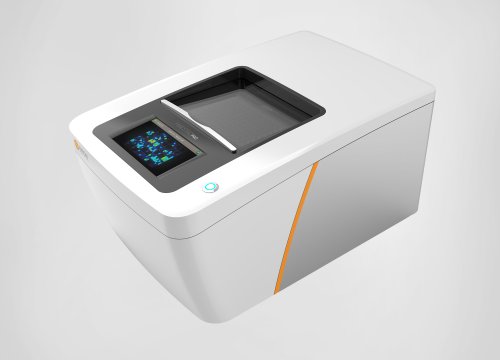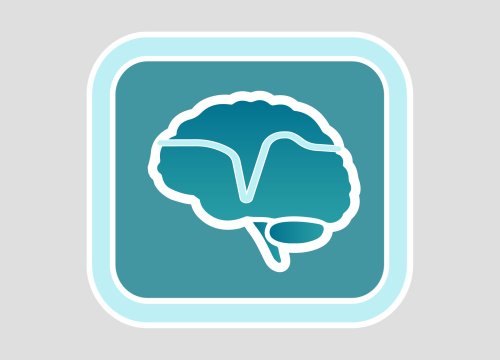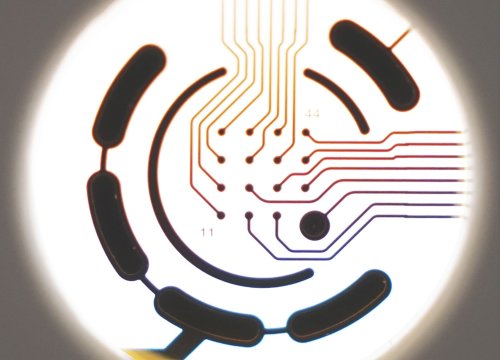Michael Drumm, Wenxia Wang, Thomas K Sears, Kirsten Bell-Burdett, Rodrigo Javier, Kristen Y Cotton, Brynna T Webb, Kayla T Byrne, Dusten Unruh, Vineeth Thirunavu, Jordain Walshon, Alicia Steffens, Kathleen McCortney, Rimas V Lukas, Joanna J Phillips, Esraa Mohamed, John D Finan, Lucas Santana-Santos, Amy B Heimberger, Colin K Franz, Jonathan E Kurz, Jessica W Templer, Geoffrey T Swanson, and Craig Horbinski
The Journal of Clinical Investigation, April 27, 2023
For the 30% of glioma patients with mutations in isocitrate dehydrogenase (IDH) 1 or 2, treatment-resistant seizures are common at initial presentation and often persist even after surgery and adjuvant therapy—a condition called tumor-associated epilepsy (TAE). Building on previous research showing a mechanistic link between TAE and D2HG secreted by IDH-mutant tumor cells, scientists in this study use in vitro and in vivo models to expand these findings and investigate the potential of IDH-mutant enzyme inhibitors to mitigate TAE. Notably, IDH-mutant inhibitors are currently being tested in clinical trials in this population.
To examine neural activity in vitro, the researchers used Axion’s Maestro multielectrode array (MEA) platform, which demonstrated that D2HG not only increases neural activity, but also that the presence of astrocytes is required to produce hyperexcitability. IDH-mutant glioma cells integrated into cortical spheroids, or exogenous D2HG, also promoted increased activity, and this effect was reversed by treatment with IDH-mutant inhibitors. Finally, authors developed an in vivo model of TAE, finding that IDH-mutant inhibitors successfully inhibited seizures, regardless of their effect on tumor growth. Overall, these findings improve the understanding of epileptogenesis in people with IDH-mutant gliomas and may lead to urgently needed therapeutic approaches for difficult-to-treat gliomas.


